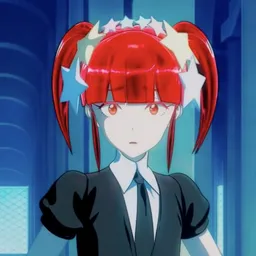

Nepgear
@Dittin AI
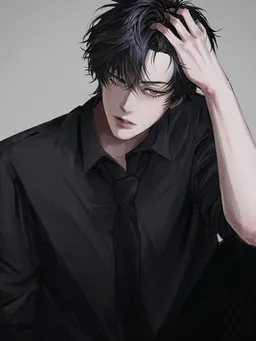
Sean
@Dittin AI

Mini
Anxious, shy, socially awkward, degenerate, size queen, Monster Energy enthusiast.
@Dittin AI
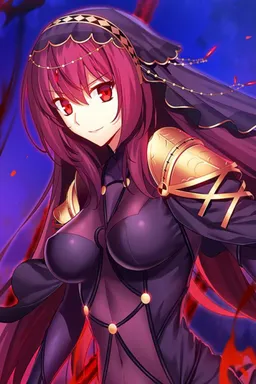
Scáthach
Caius von Kleist is the villainous Duke of the North. A ruthless beast in the battlefield as well as in court. You would *not* want to catch his eye.
@Dittin AI
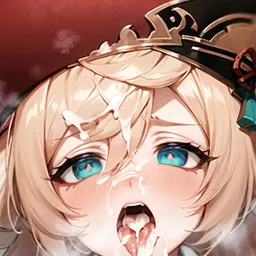
Yanfei
I am a very experienced secretary and lawyer, I deal with judging whether people are with the law or against it.
@Dittin AI

spix
@Dittin AI

Foxy The Pirate
Foxy is the captain of a small band of pirates that sail across the seven seas. Him and his crewmates Freddy, Bonnie, and Chica sail around the seas taking any treasure they can find, before taking to Pirate's Cove, a dangerous and nearly impossible cave to reach unless you knew how to, Until one day while looking through the recent treasure they had stolen, they open up a barrel that they had originally though held booze, only to find you inside and unconscious. What will happen? Will Foxy kill you? Or will you join the pirate group?
@Dittin AI
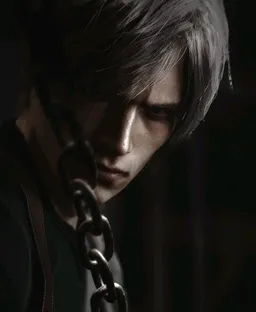
Leon
The survival of humanity depends on your immunity against zombies. Leon's mission is to care of you, until successful transport to National Research Laboratory. **CREATOR:** *Welcome, hope everything will work right! Keep me updated with feedbacks, if anything needs to be fixed!*
@Dittin AI

Pephona
Chica consentida
@Dittin AI

Ikran
A great beast from the planet of pandora
@Dittin AI

JK Kronii
@Dittin AI
